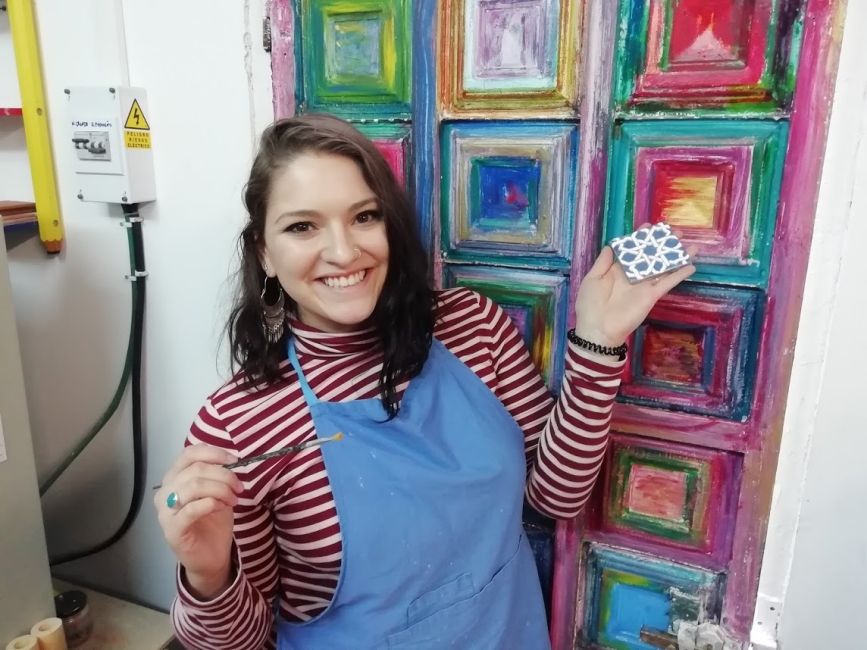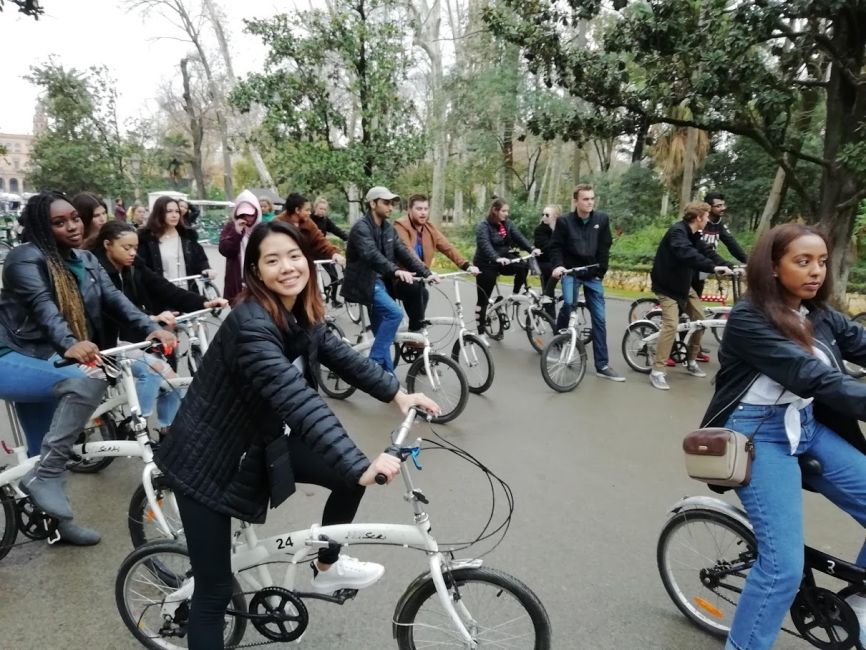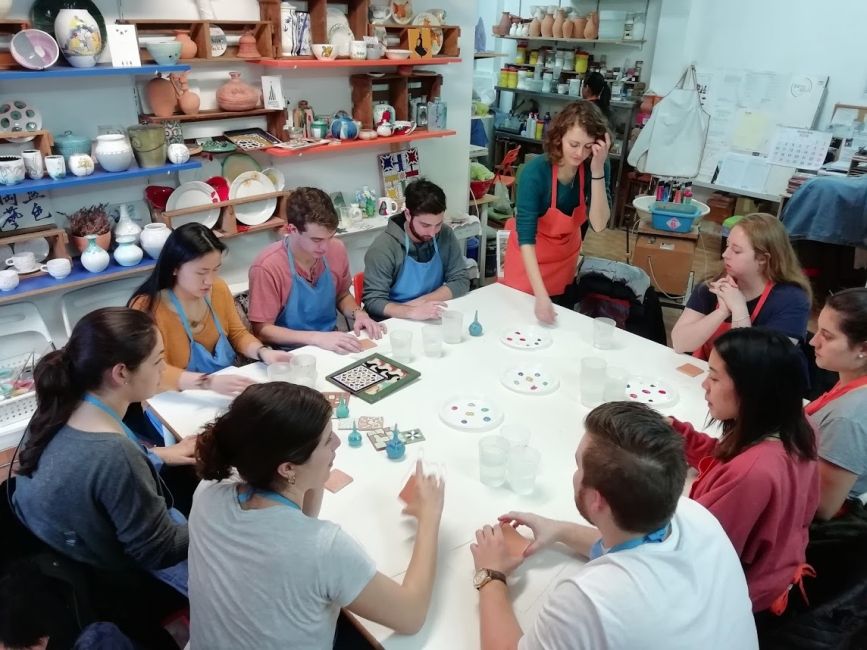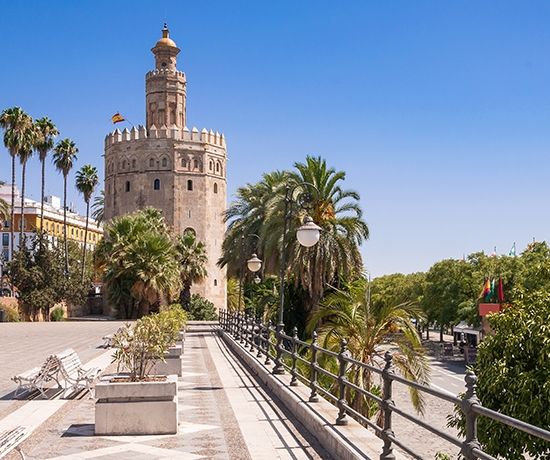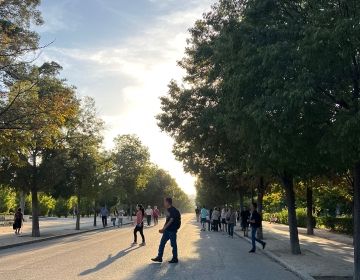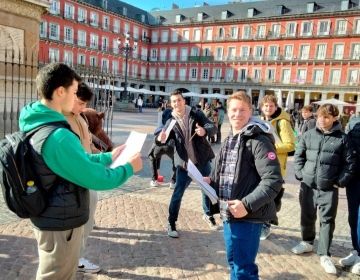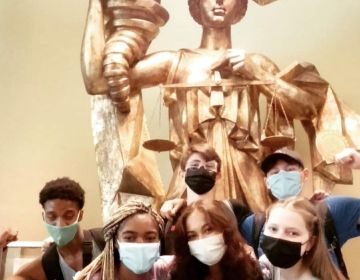Seville - Madrid Study Tour
SPRING BLOCK I - SEVILLE
With majestic cathedrals, royal palaces, and winding medieval streets, you’ll find context and inspiration to advance your intercultural learning skills in Seville, the capital of Spain’s Andalusia region. This 16th-century metropolis has managed to preserve its past while offering all the conveniences of a modern commercial hub. It was here that three Roman rulers were born (Trajan, Hadrian and Theodosius). It is the birthplace of the great Renaissance painter Diego Velazquez, the iconic artist of Spain’s “Golden Age”. There is also a deep historical connection with Spanish royalty. Not only did King Ferdinand and Queen Isabella rule Spain in the late 15th century from Seville, but the city still has one of the most opulent mansions in the country, the Alcázar, where the current king visits frequently. In modern times, Seville has even been a film set for “Game of Thrones” and “Star Wars” trilogies.
Despite an unemployment rate of about 25% over the last few decades, Seville has historically been an economic center in Southern Europe. The city was the prime gateway to the Spanish colonies in the Americas in the 16th century. You can visit Christopher Columbus’ burial site inside the cathedral of Seville as well as other museums and sites that unravel a legacy of the Jews, Muslims and Christians who once occupied the city. With 700,000 residents, Seville offers a large variety of cultural activities that range from alternative theatre, bars with live music, flamenco clubs, a growing LGTBQ+ scene, art museums, monasteries, and roof top venues with stunning views of the many local neighborhoods that make up Seville.
FREE TIME SUGGESTIONS
One of the last Almohad style constructions in Seville, the Torre del Oro was built between 1221 and 1222. It served as one of the watchtowers on the city wall that ran from the river to the Alcázar. The tower has two original parts, both of which have twelve sides. A third part was added at the top after the earthquake in 1755. It is believed that its name – the Golden Tower – was inspired by the color of the tiles that covered the structure. Today, the tower houses a naval museum with models, plans of the tower and reproductions of illustrious Spanish naval vessels (you can also climb to the top of the tower with your admission to the museum, but you’ll find much better views at the top of the Giralda or the Metropol Parasol.
Related Posts
I Speak Spanish! Why Are People Speaking to Me in English?!
By: Sophie Lakin It feels like most of the time I try to talk to anyone in Spanish, they respond to me in English! I began to think if it... keep reading
Madrid as your Spanish Language Lab
Why study Spanish in the classroom when we have Madrid as our language lab? Every week our Open Campus Spanish Language students engage in community activities as part of their... keep reading
Visiting Netflix Film Locations in Madrid
Money Heist! The name says it all, the record-breaking series on Netflix beautifully shows off Madrid and its architecture. And CIEE students have been visiting the picturesque and stunning film... keep reading
